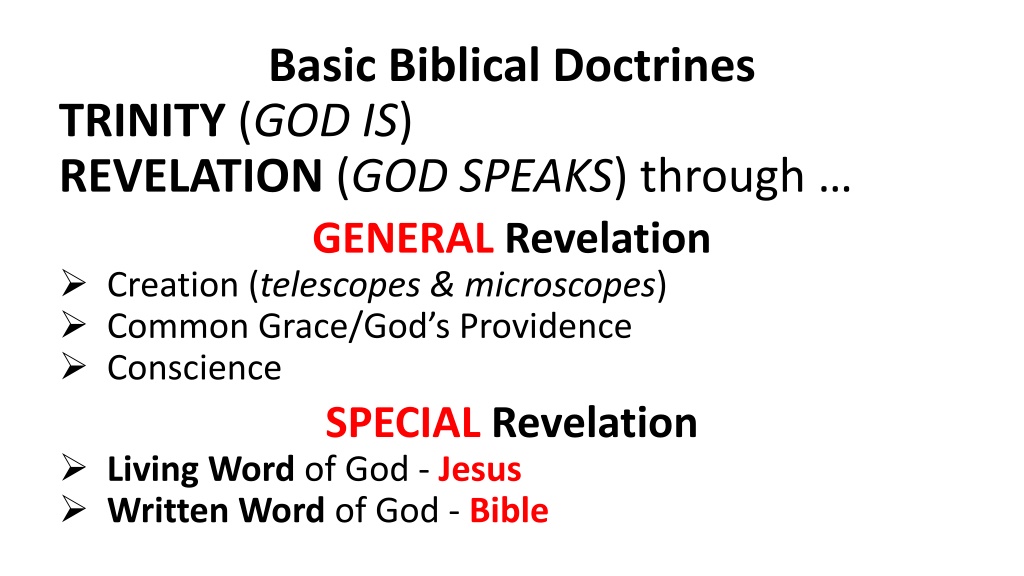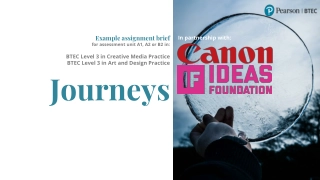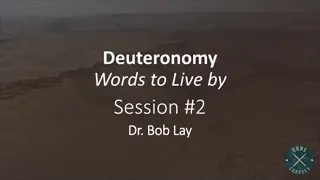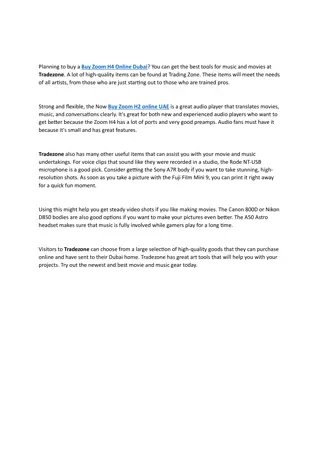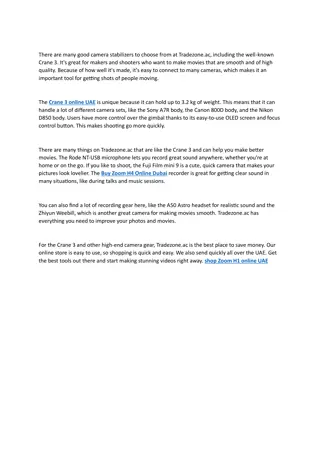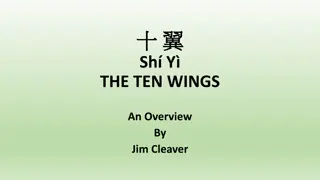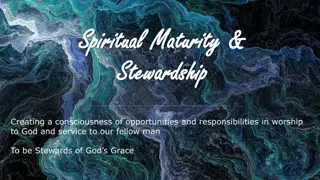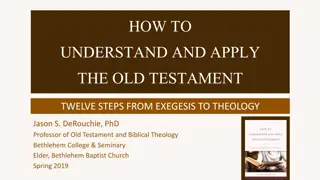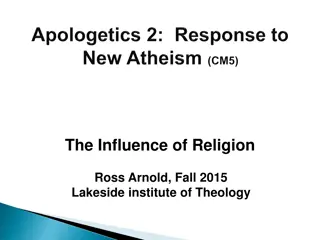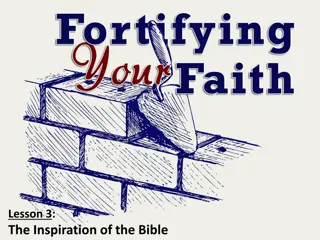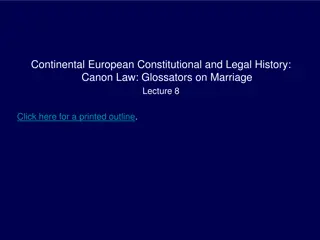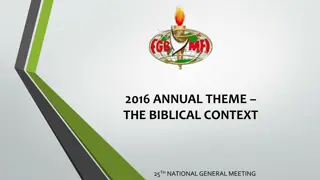Foundational Principles of Biblical Canon and Inspiration
Exploring the origins of the Bible through the Trinity, General and Special Revelation, Canon of Scripture, and the spirit of God as seen in the preparation and writing of the Old and New Testaments, providing insights into the historical significance and authenticity of the Word of God.
Download Presentation

Please find below an Image/Link to download the presentation.
The content on the website is provided AS IS for your information and personal use only. It may not be sold, licensed, or shared on other websites without obtaining consent from the author. Download presentation by click this link. If you encounter any issues during the download, it is possible that the publisher has removed the file from their server.
E N D
Presentation Transcript
Basic Biblical Doctrines TRINITY (GOD IS) REVELATION (GOD SPEAKS) through GENERAL Revelation Creation (telescopes & microscopes) Common Grace/God s Providence Conscience SPECIAL Revelation Living Word of God - Jesus Written Word of God - Bible
SPIRIT of GOD - I Cor 2:10-13 comparing things of MAN things of GOD Thus saith the Lord
God prepared the writers (theireducation, occupation, vocabulary, experiences, etc.) so that when they wrote, they used the exact words (rhema) God intended for the communication of His written Word (logos).
Written in Hebrew & Aramaic (OT), Greek (NT) over a period of 1500+ years on 3 continents (Asia, Africa, Europe) totaling 66 Books (39 OT & 27 NT) by 40+ Spirit-guided men like Matthew (tax collector) - financial words Luke (physician) - medical words Peter (fisherman) - nautical words Paul (Pharisee) - theological words
The Old Testament was originally written on papyrus a form of paper made out of reeds. By the time the New Testament was written, parchment (prepared animal skins) was also used (II Tim 4:13). Pages were stitched and glued together into scrolls (Jer 36:23) & books (biblos - Acts 19:19). Chapters (1200 AD) and verses (1500 AD) were added to make reading & study easier.
What is the CANON of Scripture? The word means ruler or measuring rod . Bible books recognized as inspired by God. All Jews and all Christians accept the 39 books in our present-day OT. The OT was translated into Greek as it became the common language in and around Israel. This Greek Septuagint(200 BC) added some books (Apocrypha), but none were widely accepted.
What is the CANON of Scripture? NT books were written between 40 and 90 AD. Peter called Paul s letters scripture (II Pet 3:15,16). Some were questioned (Hebrews, James), but the issue was settled at a 397 AD Church Council. Signs of canonicity included: - internal conformity to orthodoxy. - authored by eyewitnesses (Apostles) or tied to them (Mark & Peter; Luke & Paul; James & Jude & Jesus). - widespread acceptance by believers.
The Church no more gave us the NT canon than Isaac Newton gave us the force of gravity. God gave us gravity, by His work of creation, and similarly He gave us the NT canon, by inspiring the individual books that make it up. - J.I.Packer 2Tim 3:16 All Scripture is given by inspiration of God, and is profitable for doctrine, for reproof, for correction, for instruction in righteousness.
Common OBJECTIONS to the Bible The Bible is full of errors & contradictions. - Please show me an example. Paradox may take more study (faith & works) Mystery may take more time (double prophecies) Contradiction would be serious if true - Descriptiondoesn t equal support (slavery, incest, polygamy). - Missing facts/factors (God s harsh judgments)
Common OBJECTIONS to the Bible It was written long after the actual events. - Tremendous value of archeology for OT. - Minimal gaps between NT eyewitnesses & their writings. Earliest books (James/Galatians) within 20 yrs. Earliest gospel (Mark) within 25 yrs. Final book (Revelation) within 60 yrs.
Common OBJECTIONS to the Bible Copying the Bible has produced errors . - Can we have confidence that we still have God s Word? Oldest OT copies pre-1946 dated @ 800 AD (writing style, ink, parchment, etc.) 1946-1956 Dead Sea Scrolls discovered
Oldest OT copies pre-1946 dated @ 800 AD (writing style, ink, parchment, etc.) 1946-1956 Dead Sea Scrolls found Oldest OT copies AFTER 56 dated approx. 150 BC (closed the gap by 950-years) amount of change < 5% Ps 12:6,7 Ps 12:6 The words of the LORD are pure words. You, O LORD, will keepthem; you will guardus from this generation forever.
Matt 5:17 Do not think that I (Jesus) have come to abolish the Law or the Prophets; I have not come to abolish them but to fulfill them. Matt 5:18 For truly, I say to you, until heaven and earth pass away, not one jot (iota), not a tittle (tail), will pass from the Law until all is accomplished.
As we compare copies of both Old and New Testaments, we do find variations, but most of the variations in the many handwritten copies involve easily recognized and correctable examples of spelling, word order, or style . Less than 1 percent of all the variations have anything to do with doctrine, and no doctrine is affected by any variation.
Because we have so many manuscripts to check and compare, we are virtually certain that the text of the New Testament is 99.5% textually pure. Jesus used copies and translations (in Mark 7:6 7, Jesus apparently quotes the Greek Septuagint ofIsa 29:13). He trusted them, so we can too, especially when the science of textual criticism has confirmed that our text is accurate.
Common OBJECTIONS to the Bible The Bible is a mixture of other older religions. - Moses law from Hammurabi s Babylonian code. - Virgin birth from Egyptian Osiris/Isis/Horus myth. - Resurrection from Persian myths. If there are similarities, Biblical scholars believe it is more likely that other pagan religions borrowed from the Bible than vice-versa. The Quran and Book of Mormon also borrow .
Common OBJECTIONS to the Bible Important parts of the Bible are lost/missing. - The Da Vinci Code by Dan Brown (2003) - Gospel of Thomas; Shepherd of Hermas; Didache Less than 30 other gospels , all referenced by Church Father s, but none considered inspired. Oldest other gospels dated 100 yrs after Christ, while most dated 200+ yrs after Jesus. 4 Inspired gospels dated within 50 yrs of Christ.
Reminder - Canonicity is seen in - Apostolicity (a book was written by an apostle or a close associate of an apostle), - Coherence (a book does not contradict previously accepted Scripture), - Catholicity (widespread acceptance as particularly relevant and normative within all major segments of the early Christian community).
Supernatural power of the Bible 1Peter 1:23 We have been born again, not of corruptible seed but incorruptible, through the word of God which lives and abides forever. Ps 19:7 The law of the LORD is perfect, converting the soul; ... the testimony of the LORD is sure, making wise the simple; Ps 19:8 the statutes of the LORD are right, rejoicing the heart; ... the commandment of the LORD is pure, enlightening the eyes;
Ps 19:9 The fear of the LORD is clean, enduring for ever: ... the judgments of the LORD are true and righteous altogether. Ps 19:11 Moreover, by them is thy servant warned; and in keeping of them there is great reward.
Choosing an English Bible Translation Word for Word (KJV, NKJV, ESV, NASB) pro - closeness to the original, precision con - use dated rather than modern English Thought for Thought (NIV, NLT, CEV) pro - clarifies meaning, reproduces effect con - introduce foreign ideas, miss original point Paraphrase (Message, TLB, Amplified) pro - readability con - loss of connection to original words
Choosing an English Bible Translation Word for Word (KJV, NKJV, ESV, NASB) pro - closeness to the original, precision con - use dated rather than modern English Thought for Thought (NIV, NLT, CEV) pro - clarifies meaning, reproduces effect con - introduce foreign ideas, miss original point Paraphrase (Message, TLB, Amplified) pro - readability con - loss of connection to original words
Basic Biblical Doctrines TRINITY (God Is) REVELATION (God Speaks) next time CREATION (God Makes)
